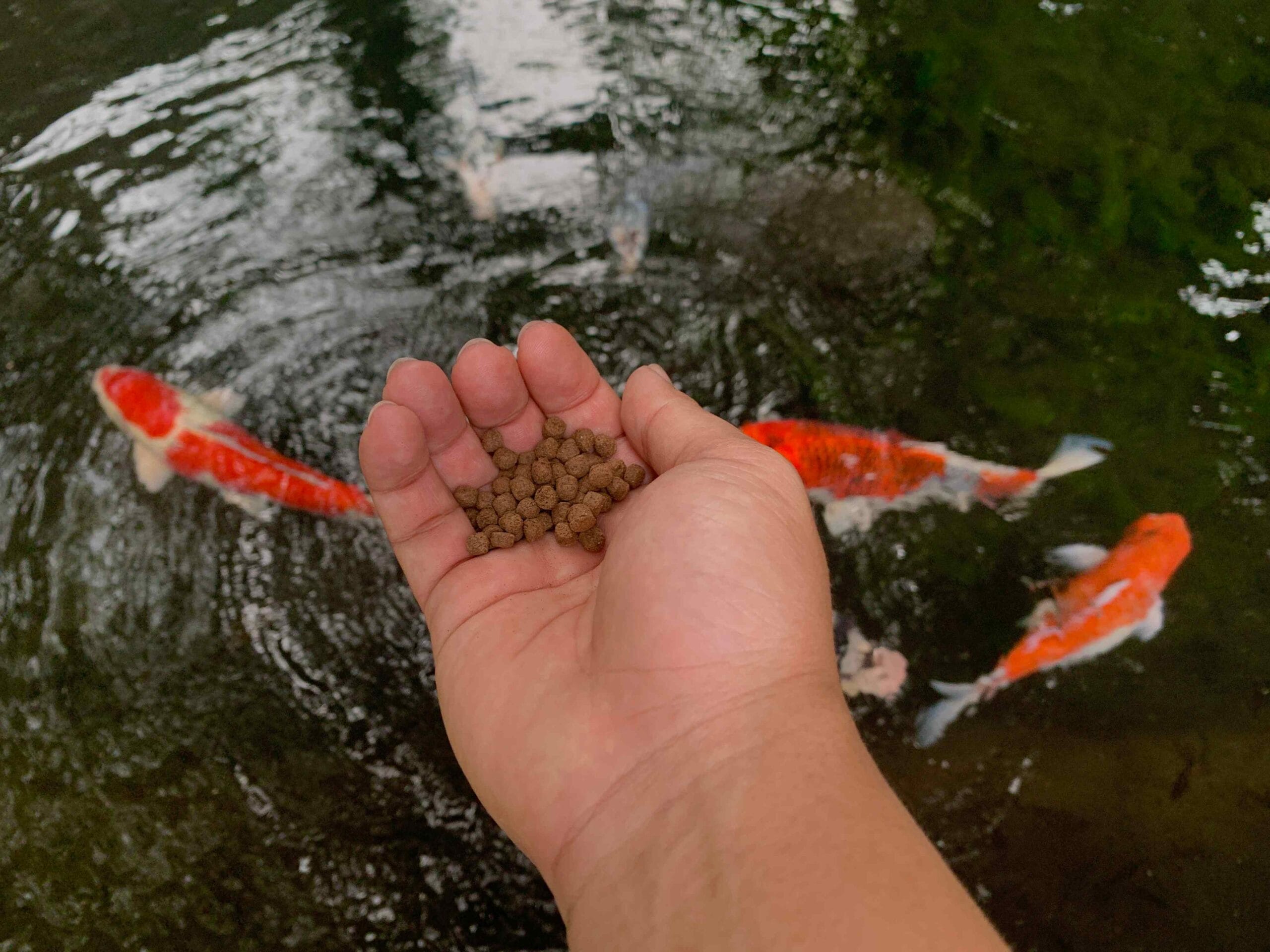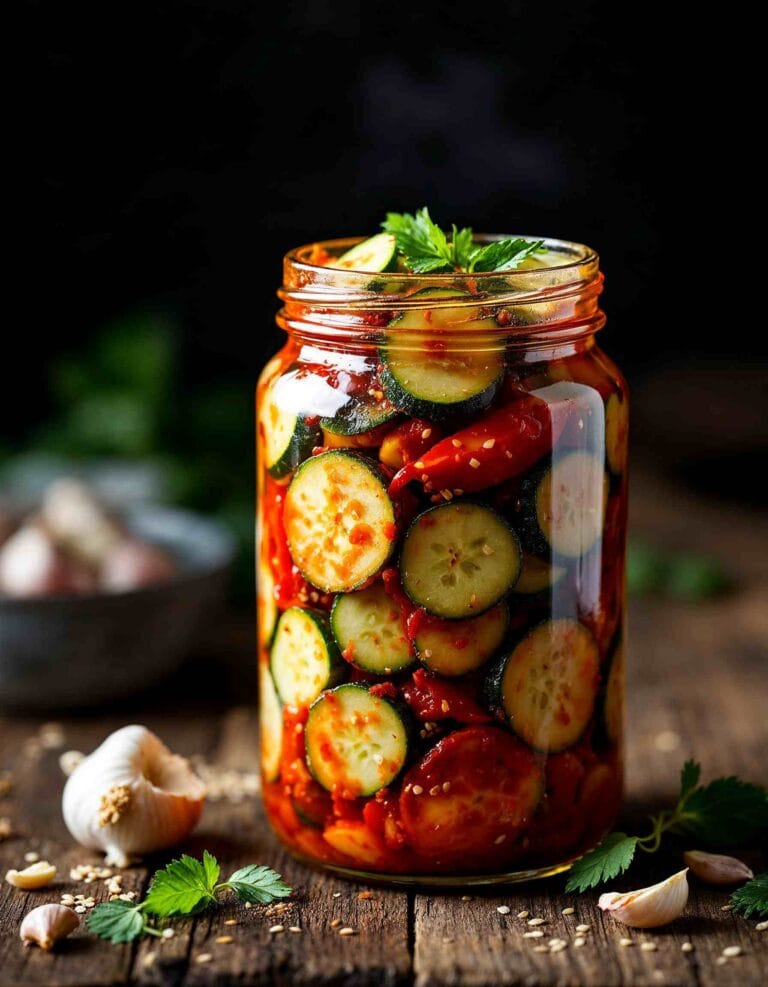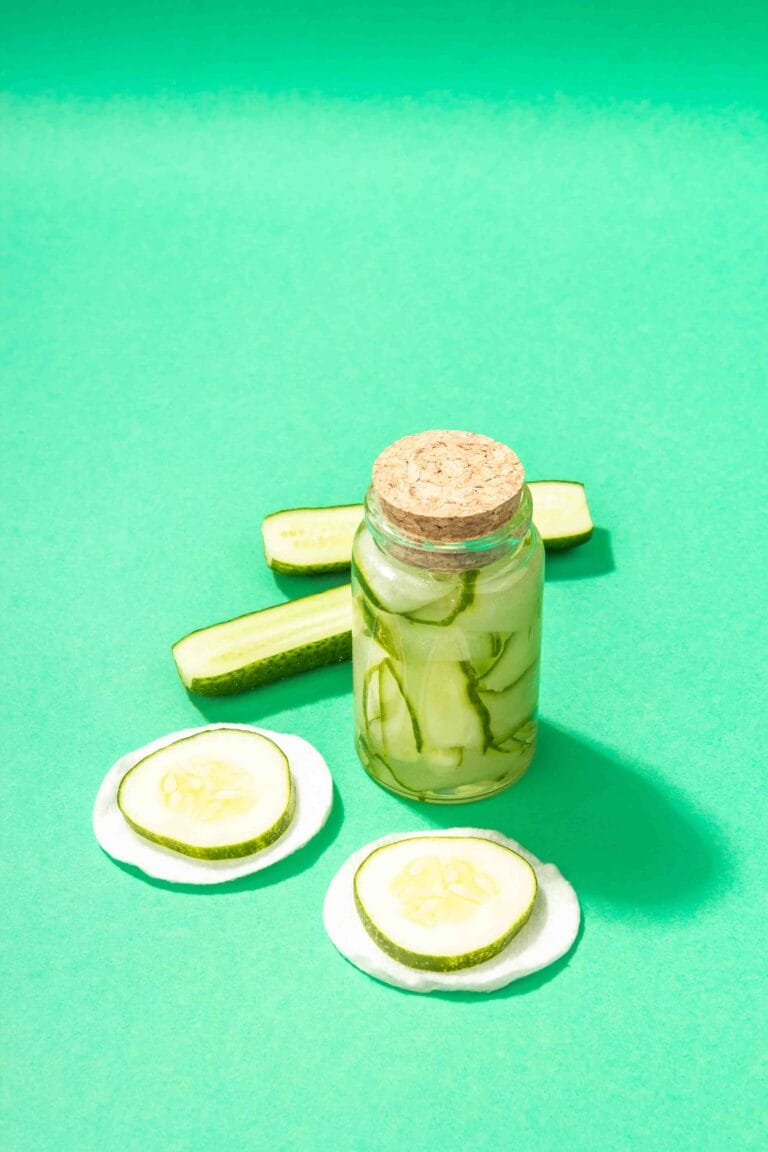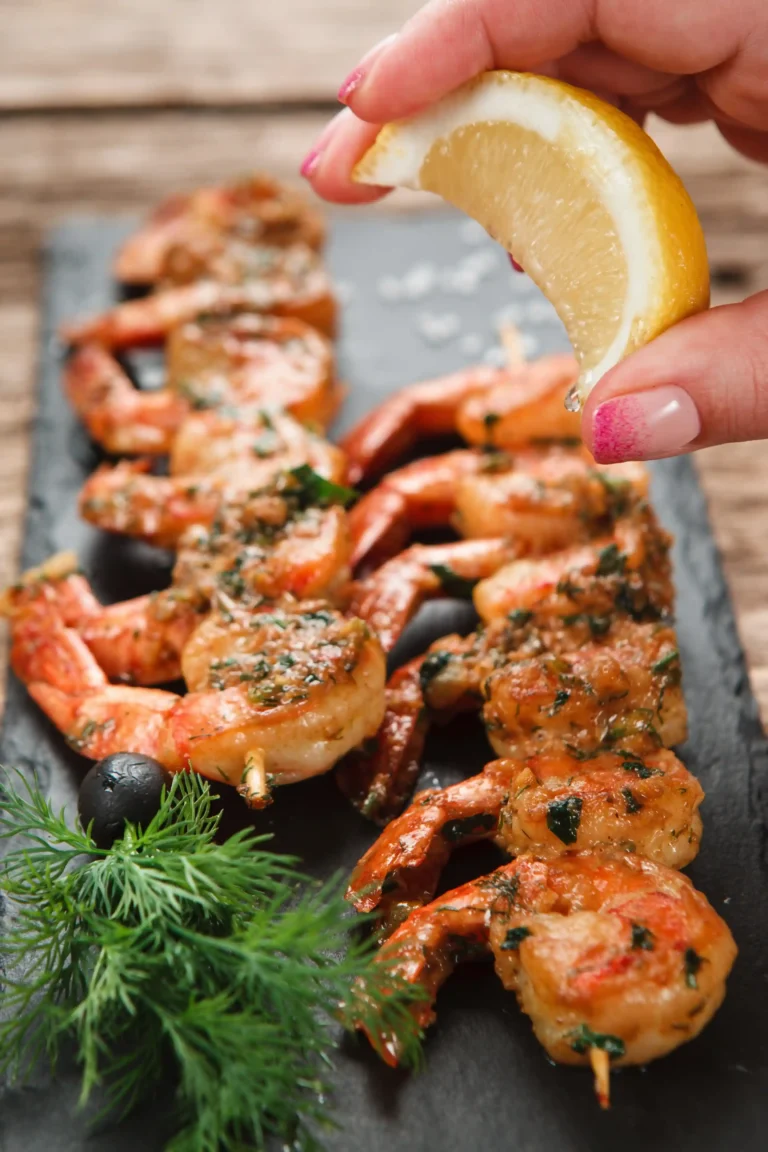Best Ingredients for Fish Food: Essential Guide for Healthy, Vibrant Fish
Choosing the right fish food is critical for maintaining the health and vitality of your aquatic pets. Fish, like any other living organism, thrive on a balanced diet tailored to their species, size, and natural feeding habits. A well-nourished fish displays vibrant colors, exhibits natural behaviors, and is more resistant to diseases.
This article will explore the best ingredients for fish food, offering insights into the nutritional components that contribute to your fish’s well-being. From essential proteins and fats to natural additives and feeding tips, you’ll discover everything you need to make informed decisions for your aquatic friends.
Get started with our Nutritious & Easy DIY Guide for Healthy Fish.
Understanding Fish Nutrition
Proper nutrition plays a vital role in the health, growth, and longevity of fish. Providing the right nutrients ensures their survival and helps maintain an aquarium’s ecological balance.
Why Proper Nutrition Matters for Fish
Fish rely heavily on their diet to meet their energy requirements and physiological needs. A balanced diet supports:
- Growth and Development: Fish need proteins, fats, and essential nutrients to grow at a healthy rate.
- Immune Function: Adequate vitamins and minerals strengthen the immune system, helping fish resist diseases.
- Reproduction: Proper nutrition improves breeding success and the health of fry (baby fish).
- Color Enhancement: Specific nutrients, like carotenoids, amplify the natural coloration of fish.
Feeding fish an unbalanced or inadequate diet can lead to stunted growth, faded colors, and weakened immunity, making them prone to infections.
The Role of Protein, Fats, Carbohydrates, Vitamins, and Minerals
- Protein
Protein is the most critical macronutrient for fish, especially for carnivorous and omnivorous species. It supports tissue repair, growth, and enzymatic functions. Common protein sources in fish food include:- Fishmeal
- Krill
- Earthworms
- Soy protein (for herbivorous fish)
- Fats
Fats are an excellent energy source for fish, particularly in colder environments where energy demand increases. Omega-3 and Omega-6 fatty acids, found in ingredients like fish oil and algae, also support brain development and immune health. - Carbohydrates
While carnivorous fish don’t need many carbohydrates, herbivorous and omnivorous fish digest them more efficiently. Ingredients like wheat, corn, and algae are excellent sources. - Vitamins and Minerals
Vitamins like A, C, D, and E are essential for:- Bone health (Vitamin D)
- Immunity (Vitamin C)
- Reproduction (Vitamin E)
Differentiating Between Carnivorous, Herbivorous, and Omnivorous Diets
- Carnivorous Fish
These species, such as bettas and cichlids, rely primarily on protein. They thrive on diets rich in animal-based ingredients like fishmeal, shrimp, and insect larvae. - Herbivorous Fish
Herbivorous fish like plecos and silver dollars consume plant-based foods, including spirulina, algae, and vegetables. They require higher carbohydrate levels for energy. - Omnivorous Fish
Fish like guppies and mollies consume both animal and plant matter. Their diet should be a balance of proteins, fats, and carbohydrates.
Properly identifying your fish’s natural diet is key to selecting the right food.
Essential Ingredients for Fish Food
Fish food is as diverse as the species it caters to, but certain ingredients are universally beneficial. Understanding the role of these components ensures you can select or prepare fish food that meets your aquatic pets’ nutritional needs.
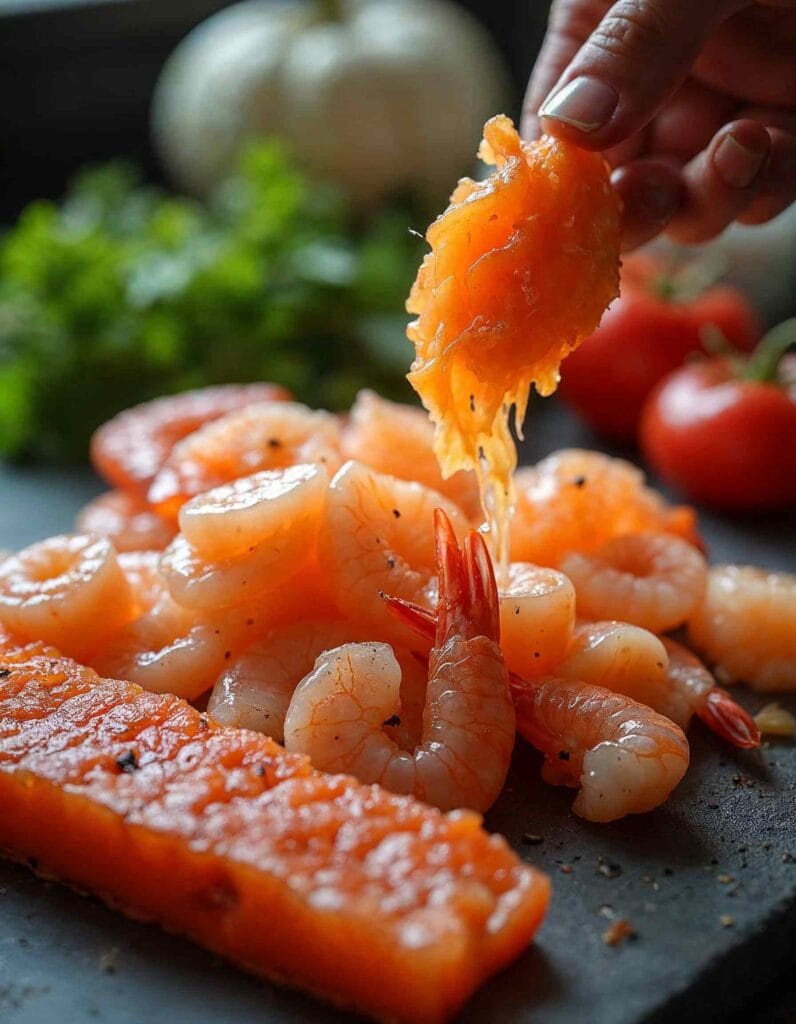
High-Quality Protein Sources
Protein is the building block of growth and repair in fish. High-quality protein sources commonly used in fish food include:
- Fishmeal
A staple ingredient in commercial fish food, fishmeal is made from ground, dried fish or fish by-products. It is rich in essential amino acids and easily digestible. - Krill
Krill is a nutrient-dense marine crustacean that provides protein and natural color-enhancing pigments like astaxanthin. - Insect Larvae and Worms
These are excellent protein sources for carnivorous and omnivorous fish, mimicking their natural diet. - Plant-Based Proteins
For herbivorous species, ingredients like soy protein, spirulina, and algae provide essential amino acids without the need for animal-based sources.
Put these ingredients to good use with our Nutritious Recipes for Healthy Fish.
Healthy Fats for Energy
Fats are a concentrated energy source and vital for overall fish health. Key fat sources include:
- Fish Oil
A rich source of Omega-3 fatty acids, fish oil supports brain function, skin health, and immune strength. - Algae Oil
Especially useful for herbivorous fish, algae oil provides essential fatty acids without animal derivatives. - Shrimp and Krill Oils
These oils not only provide energy but also contain carotenoids that enhance the coloration of ornamental fish. - Flaxseed Oil
A plant-based option, flaxseed oil is particularly beneficial for omnivorous and herbivorous species.
Carbohydrates for Herbivorous and Omnivorous Fish
Carbohydrates are less important for carnivorous fish but play a vital role in the diet of herbivorous and omnivorous species. Sources of carbohydrates include:
- Grains
Ingredients like wheat, rice, and corn are often added to fish food for energy and binding purposes. - Vegetables
Zucchini, spinach, and peas are commonly used in both commercial and homemade fish food to supply carbohydrates and fiber. - Algae
Algae is a natural source of both carbohydrates and essential nutrients for herbivorous species.
Essential Vitamins and Minerals
Vitamins and minerals are often added to fish food in trace amounts but have a significant impact on fish health.
- Vitamin C
Helps strengthen the immune system and prevent diseases like fin rot. - Vitamin A
Supports vision and overall growth. - Vitamin D
Aids in calcium absorption and bone development. - Calcium and Phosphorus
These minerals are essential for bone strength and osmoregulation (fluid balance). - Iron and Zinc
Important for oxygen transport and enzyme functions.
Importance of Fiber in Digestive Health
Fiber is often overlooked in fish diets but plays a key role in digestive health, especially for herbivorous species. Sources of fiber include:
- Vegetable Pulp
Ingredients like carrot and cucumber pulp are excellent natural sources of fiber. - Algal Cell Walls
Algae and spirulina contribute not only nutrients but also fibrous material that aids digestion.
A balance of proteins, fats, carbohydrates, and fiber ensures your fish’s digestive system functions efficiently, reducing waste production and improving water quality.
Natural Additives and Enhancers
In addition to the core nutrients, fish food often includes natural additives that boost overall health, enhance coloration, and strengthen immunity. These ingredients are particularly beneficial for ornamental and breeding fish.
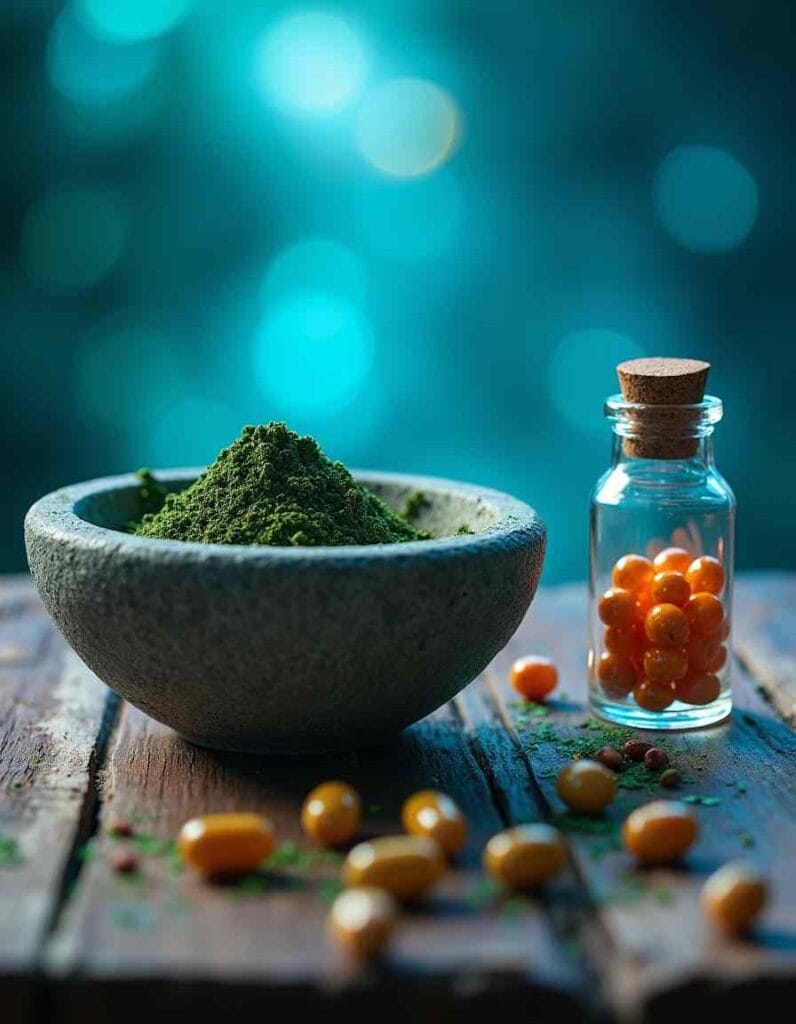
Probiotics and Prebiotics for Gut Health
Gut health is crucial for nutrient absorption and disease resistance in fish. Probiotics and prebiotics play an essential role in maintaining a healthy gut microbiome.
- Probiotics
Probiotics are live beneficial bacteria, like Lactobacillus and Bacillus, that improve digestion and inhibit harmful pathogens in the gut. - Prebiotics
These are non-digestible compounds, such as inulin, that stimulate the growth of beneficial gut bacteria. They are often derived from natural sources like chicory root.
Benefits:
- Enhanced digestion
- Improved nutrient absorption
- Better immune response
Color Enhancers: Astaxanthin, Spirulina, and Carotenoids
Bright, vibrant colors are a hallmark of healthy ornamental fish. Natural pigments in fish food can intensify coloration without harming the fish.
- Astaxanthin
Found in krill and shrimp, astaxanthin is a powerful antioxidant that enhances red and orange pigmentation. - Spirulina
This blue-green algae is rich in carotenoids, boosting both green and blue hues in fish. Spirulina also provides essential nutrients like protein and vitamins. - Carotenoids
Naturally occurring in fruits, vegetables, and crustaceans, carotenoids improve overall coloration and promote skin health.
Tip: Ensure that color-enhancing additives are used sparingly and sourced from natural ingredients to avoid artificial dyes.
Immune-Boosting Ingredients: Garlic and Beta-Glucans
Fish are prone to stress and infections in captivity. Adding immune-boosting components to their diet can help protect them.
- Garlic
Garlic contains allicin, a compound known for its antimicrobial and antiparasitic properties. It also stimulates appetite in fish, especially when they’re stressed or sick. - Beta-Glucans
Derived from yeast, beta-glucans activate immune cells and improve the fish’s ability to fight off pathogens.
Benefits:
- Reduced risk of infections
- Enhanced resistance to environmental stressors
Other Beneficial Additives
- Algae-Based Supplements
In addition to spirulina, other algae like chlorella contribute to immune health and overall vitality. - Zeaxanthin and Lutein
These are plant-derived compounds that protect against UV damage and enhance coloration. - Essential Oils
Oils from herbs like oregano and thyme have antifungal and antibacterial properties, ensuring a healthier aquatic environment.
Balancing Additives and Core Nutrition
While natural additives are valuable, they should complement, not replace, the core nutritional components of fish food. Always prioritize a diet that matches the species’ natural requirements and introduces additives as supplemental boosters.
Homemade vs. Commercial Fish Food
Choosing between homemade and commercial fish food depends on factors such as convenience, cost, nutritional value, and your fish’s specific needs. Understanding the pros and cons of each option can help you make an informed decision.
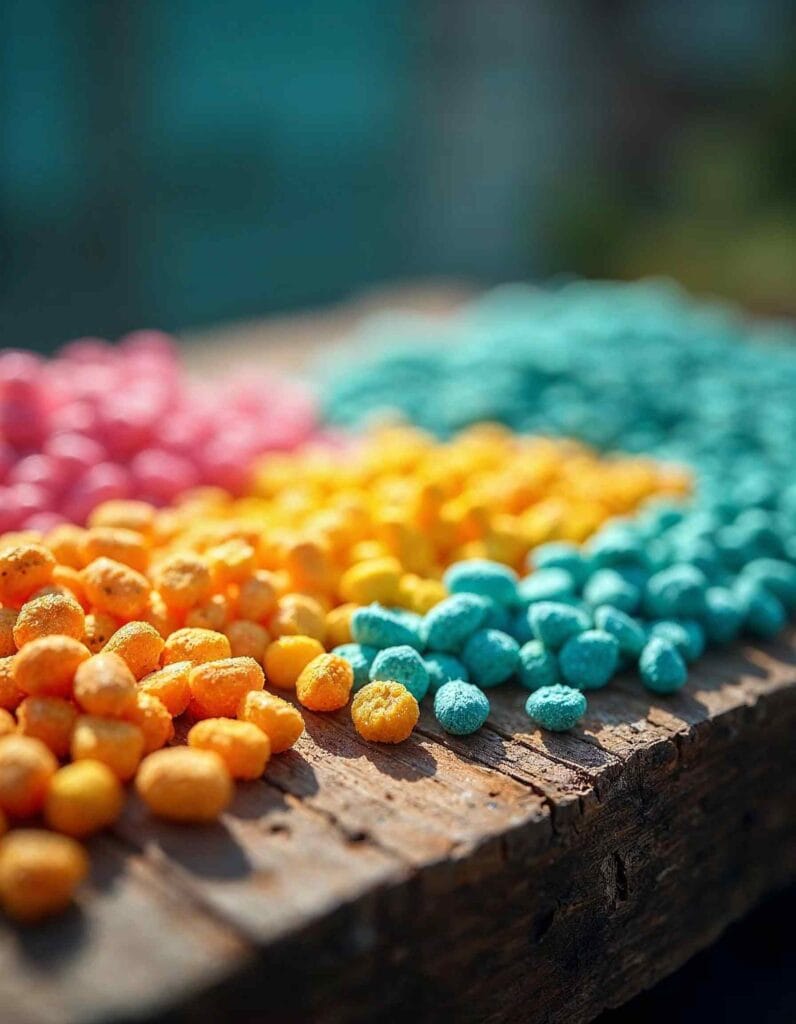
Pros and Cons of Homemade Fish Food
Homemade fish food allows you to customize the ingredients to suit your fish’s dietary requirements. However, it also comes with challenges.
Advantages:
- Customization
- You can tailor the diet to match specific species, ensuring they receive the right balance of nutrients.
- Freshness
- Homemade fish food is free from preservatives and artificial additives.
- Cost-Effective
- Ingredients like vegetables, shrimp, and gelatin are often cheaper than premium commercial fish food.
Disadvantages:
- Time-Consuming
- Preparing fish food requires effort, especially if you’re making it for a variety of species.
- Risk of Nutritional Imbalance
- Without proper knowledge, it’s easy to omit essential nutrients.
- Limited Shelf Life
- Homemade fish food lacks preservatives, so it must be stored carefully and consumed quickly.
Understanding Commercial Fish Food Labels
Commercial fish food is formulated to provide balanced nutrition. However, not all products are created equal, and understanding the labels can help you make better choices.
Key Features to Look For:
- Protein Content
- Carnivorous fish require at least 40% protein, while herbivorous fish can thrive on 25–35%.
- Ingredient Quality
- Look for whole ingredients like fishmeal, krill, or spirulina rather than generic terms like “animal by-products.”
- Additives and Preservatives
- Avoid products with artificial colors or unnecessary fillers like excessive wheat or soy.
- Guaranteed Analysis
- This section on the label provides a breakdown of protein, fat, fiber, and moisture content.
Tip: Opt for brands that disclose their ingredient list transparently and prioritize quality over cost.
Recommended Commercial Fish Food Brands
While there are many fish food brands on the market, some stand out for their quality and reliability. Below are a few highly recommended options:
- Hikari
- Known for its specialized diets for various fish species, Hikari includes natural color enhancers and probiotics.
- Tetra
- A popular brand offering a wide range of food types, from flakes to pellets, catering to both freshwater and saltwater fish.
- Omega One
- Rich in whole fish ingredients and free from excessive fillers, Omega One products are a great choice for carnivorous and omnivorous fish.
- New Life Spectrum
- Offers nutrient-dense pellets that include natural ingredients like garlic and spirulina, ideal for boosting immunity.
Best Practices for Storing Fish Food
Whether you choose homemade or commercial fish food, proper storage is crucial to maintain its quality.
- Keep It Dry:
Moisture can cause mold growth, so always store food in an airtight container. - Avoid Sunlight:
Exposure to sunlight can degrade vitamins and other nutrients. - Refrigeration:
Homemade food or commercial options with natural ingredients should be refrigerated to extend their shelf life. - Use Fresh Batches:
Always buy or prepare quantities that can be consumed within a few weeks to ensure optimal freshness.
Combining Homemade and Commercial Options
For the best results, consider combining homemade and commercial food. For example:
- Use commercial pellets as a daily staple.
- Supplement with homemade food, such as fresh vegetables or DIY gel-based recipes, a few times a week.
This approach ensures a well-rounded diet that balances convenience with customization.
For step-by-step guidance, visit our Guide to Nutritious DIY Fish Food.
Feeding Guidelines Based on Fish Types
Each fish species has unique dietary requirements based on its natural habits and environment. Tailoring your feeding practices ensures that your fish thrive in captivity.
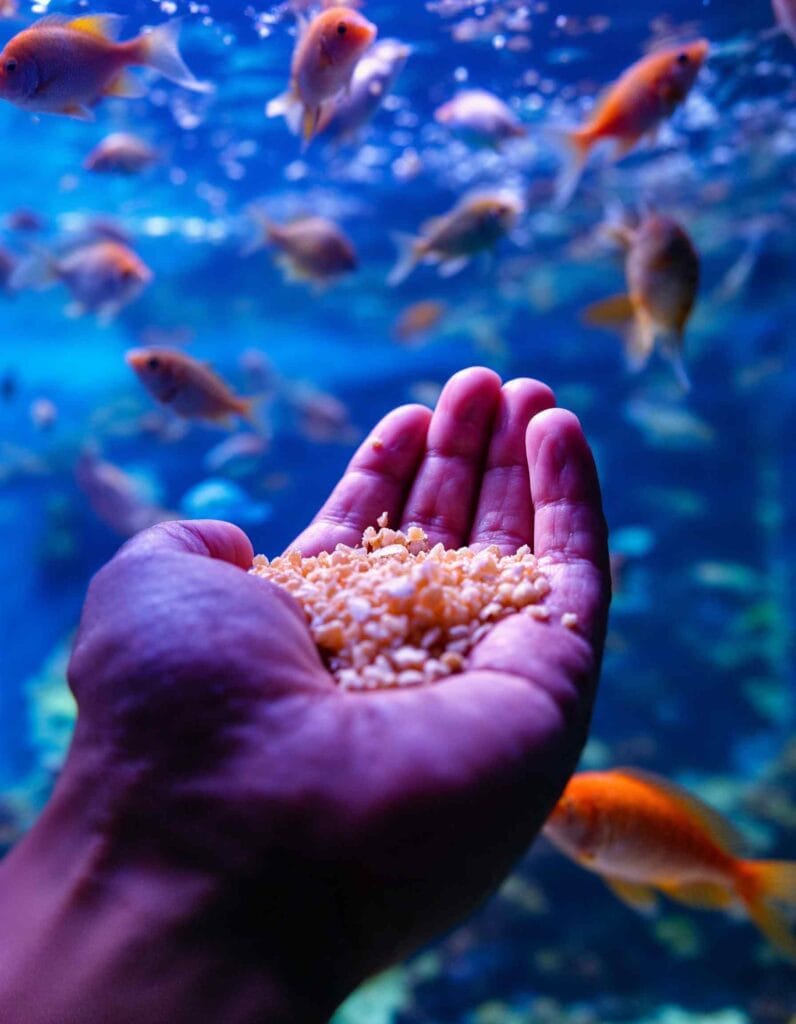
Best Practices for Carnivorous Fish
Carnivorous fish, such as bettas, arowanas, and cichlids, primarily consume animal-based proteins. Their dietary habits reflect their natural predatory instincts.
- Protein-Rich Diet
- Feed them foods high in protein, such as fishmeal, shrimp, krill, and insect larvae.
- Live or frozen foods like bloodworms and brine shrimp are excellent treats.
- Feeding Frequency
- Carnivorous fish should be fed smaller portions 1–2 times a day to prevent overfeeding and water quality issues.
- Special Considerations
- Avoid over-reliance on live food, which can introduce diseases. Opt for freeze-dried or pellet alternatives for a balanced diet.
Explore live food as an ingredient option in our article on How to Make Live Food for Fish.
Ideal Diet for Herbivorous Fish
Herbivorous species, such as plecos, mollies, and goldfish, consume plant-based diets. Their long digestive tracts are designed to process high-fiber foods.
- Plant-Based Ingredients
- Provide algae-based foods, spirulina, and blanched vegetables like zucchini, spinach, and cucumber.
- Supplement with Algae
- Allow natural algae to grow in the tank, or offer algae wafers as a primary food source.
- Feeding Tips
- Feed herbivorous fish multiple times a day in smaller amounts, as they graze continuously in the wild.
Balanced Nutrition for Omnivorous Fish
Omnivorous species, such as guppies, tetras, and angelfish, require a mix of both animal and plant-based foods.
- Variety in Diet
- Use commercial pellets or flakes as a base, supplemented with fresh vegetables and occasional treats like brine shrimp or bloodworms.
- Feeding Schedule
- Feed 2–3 times daily, ensuring portions are small enough to be consumed within 2–3 minutes.
- Customization by Species
- Research the specific dietary needs of your fish to include appropriate additives like color enhancers or immune boosters.
Specific Needs for Freshwater vs. Saltwater Fish
- Freshwater Fish
- Focus on diets rich in plant-based or balanced nutrients, as many freshwater species are omnivorous.
- Offer supplements like garlic or probiotics to support immune health in captive environments.
- Saltwater Fish
- Saltwater species, such as clownfish and tangs, often require higher protein content and natural color enhancers.
- Include marine algae, krill, and shrimp in their diet to mimic their natural food sources.
Tip: Always monitor feeding habits to ensure the food is suitable for the species and does not degrade tank water quality.
Common Mistakes to Avoid When Choosing Fish Food
Even experienced aquarists can make errors in feeding practices. Avoiding these common mistakes ensures a healthier aquarium ecosystem.
- Overfeeding and Its Consequences
- Overfeeding is a common issue that leads to waste buildup, poor water quality, and health problems like obesity or bloat.
- Feed only the amount your fish can consume within 2–3 minutes.
- Using Low-Quality or Unbalanced Food
- Avoid generic fish food brands with fillers like corn or soy as primary ingredients.
- Opt for reputable brands or homemade options tailored to your fish’s needs.
- Ignoring Species-Specific Needs
- Each species has unique dietary requirements. Feeding carnivorous fish plant-based diets or vice versa can lead to malnutrition.
- Neglecting Variety
- A monotonous diet can result in nutrient deficiencies. Rotate between different food types to provide a balanced range of nutrients.
Frequently Asked Questions (FAQs)
1. What Is the Most Critical Ingredient in Fish Food?
- Protein is the most critical ingredient in fish food, especially for carnivorous and omnivorous species. It supports growth, tissue repair, and overall health, ensuring fish thrive in captivity.
2. What Is the Healthiest Food for Fish?
- The healthiest food for fish is one that matches their natural diet. For example:
- Carnivorous fish: High-protein options like shrimp, krill, and insect larvae.
- Herbivorous fish: Algae-based foods, spirulina, and fresh vegetables.
- Omnivorous fish: A mix of pellets, vegetables, and occasional protein treats like bloodworms.
3. What Is the Best Homemade Food for Fish?
- The best homemade fish food combines fresh ingredients such as boiled vegetables (zucchini, spinach), shrimp, and gelatin for binding. You can customize the recipe based on your fish’s species, ensuring they receive a balanced diet.
4. What Is One Important Ingredient of Fish Food?
- One important ingredient in fish food is Omega-3 fatty acids. Found in fish oil and krill, they promote brain health, vibrant colors, and a strong immune system in fish.
Conclusion
Feeding your fish the right food is crucial for their health, longevity, and vibrant appearance. By understanding their nutritional needs, incorporating high-quality ingredients, and avoiding common feeding mistakes, you can create a thriving aquatic environment. Whether you choose commercial or homemade options, ensure that the diet is balanced, species-appropriate, and enriched with natural additives for optimal health.

